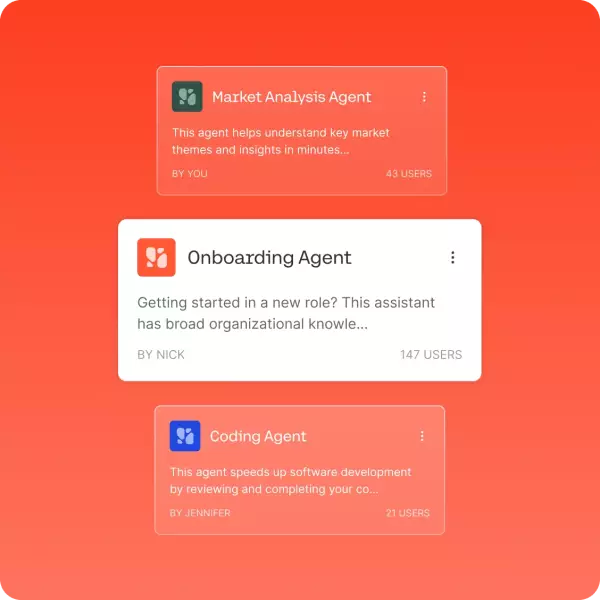In the rapidly evolving world of artificial intelligence, the latest developments often signal more than mere incremental improvements—they herald a significant shift in how businesses can leverage AI for strategic advantage. Cohere’s release of its flagship reasoning large language model (LLM), Command A Reasoning, exemplifies this transformation. Unlike earlier models primarily designed for generic applications or chit-chat, this new model is engineered explicitly for enterprise needs—delivering robust reasoning capabilities, multilingual flexibility, and seamless integration into complex workflows.
What truly sets Command A Reasoning apart is its focus on enterprise-centric execution. Many AI models in the market struggle with accuracy, hallucinations, and contextual misunderstandings—especially when handling sprawling documents, long email threads, or intricate workflows. Cohere aims to address these issues head-on by offering a model tuned for high-stakes work environments, where precision, consistency, and reliability are paramount. Its architecture and design reflect a deliberate attempt to make AI a trusted partner rather than a chaotic wildcard.
While models like GPT-5 might steal attention with their vast size and versatility, Command A Reasoning promises something deeper: a tailored, scalable solution that prioritizes operational control and data security, two aspects crucial for enterprise adoption. It’s not just about having a powerful AI; it’s about integrating that power wisely into existing systems and workflows to deliver actionable insights without the typical pitfalls that hamper AI trustworthiness.
Technical Prowess Meets Practicality
At its core, Command A Reasoning weighs in at 111 billion parameters—a formidable size that comfortably supports its complex reasoning tasks. Trained across 23 languages, from English and French to Arabic and Hindi, it recognizes the globalized nature of modern enterprises. Multilingual support isn’t merely a convenience; it’s a strategic necessity for organizations operating across multiple markets, demanding consistent quality regardless of locale.
One of the most innovative features of Cohere’s model is its token budget system—a mechanism allowing users to balance reasoning depth with cost and speed. This flexible approach reveals a nuanced understanding of enterprise needs: sometimes, quick and slightly less detailed outputs suffice; other situations call for deep, comprehensive analysis. This capacity to dynamically dial up or down reasoning depth is truly powerful, as it enables businesses to optimize performance in real-time and control operational costs effectively.
From a technical perspective, the model’s ability to process up to 256,000 tokens per session on multi-GPU setups is noteworthy. It enables the handling of voluminous documents and extensive conversations—crucial in fields like market research, legal analysis, and customer support. The model’s design supporting on-premises deployment through Cohere’s North platform indicates a thoughtful emphasis on security and privacy. Keeping sensitive data within organizational infrastructure reduces vulnerabilities and aligns with stringent data governance policies.
Furthermore, Cohere’s strategic integration of tool use—enabling the model to call APIs, access databases, or perform external queries—positions Command A Reasoning as more than just a language processor. It becomes an active participant in workflows, capable of automating tasks and extracting insights across systems without the need for manual intervention. This aligns with the broader trend towards agent-based AI systems—decentralized, coordinated agents working together to solve complex problems.
Outperforming the Competition: Benchmarks and Practical Applications
The strength of Command A Reasoning isn’t just in its architecture but also in its demonstrable performance. Cohere’s benchmarks show it consistently outperforming other industry players like DeepSeek-R1 0528, GPT-oss-120b, and Mistral Magistral Medium, particularly on enterprise reasoning tasks. This advantage becomes even more apparent under high reasoning budgets, where its accuracy and insight generation improve significantly, surpassing previous models.
Its performance on multilingual and complex question-answering benchmarks affirms its status as a truly global enterprise tool. Unlike models that falter with non-English languages, this model maintains high accuracy across diverse languages—a critical factor for multinational corporations needing uniform AI quality.
The emphasis on safety is another strategic move. Enterprises deploying AI in regulated environments are often wary of untrustworthy outputs or potential misuse. Cohere’s focus on minimizing harmful or risky outputs—while reducing over-cautious rejections that impair usability—demonstrates a mature understanding of operational realities. For example, financial institutions, healthcare providers, or government agencies can deploy this model with more confidence, knowing it balances safety with practicality.
The partnership with SAP exemplifies this practical trust. Integrating Command A Reasoning into SAP’s Business Technology Platform indicates confidence from major industry players that enterprise AI can be both powerful and safe. It suggests a future where AI agents are not just tools but integrated partners, capable of executing complex workflows within validated environments.
Implications and the Future of Enterprise Automation
Cohere’s approach indicates an intent to reshape enterprise automation fundamentally. By providing a model that can be tightly integrated, customized, and deployed within organizational infrastructure, they are lowering barriers that traditionally hampered AI adoption in sensitive or regulated domains. This strategy reflects a broader awareness: AI must be adaptable, secure, and controllable to succeed at enterprise scale.
What is perhaps most exciting about Command A Reasoning is its potential to catalyze agentic workflows—systems composed of multiple interconnected AI agents working seamlessly together. This modular, scalable approach means organizations could develop custom workflows for onboarding, law, healthcare, finance, or research, with AI handling complex reasoning tasks reliably.
However, the intensifying focus on safety and reliability raises questions about the trade-offs involved. Will this emphasis on caution stifle innovation? Or does it redefine what it means for AI to be responsibly deployed? While no AI model is perfect, Cohere’s focus on balancing safety with performance suggests a nuanced understanding: enterprise AI must be trustworthy enough to do real work without risking catastrophic errors.
Ultimately, the release of Command A Reasoning reflects a conscious evolution—one that recognizes that the future of AI in business hinges as much on dependability and control as on raw capability. As AI models become more integrated into critical enterprise functions, their design must prioritize not only intelligence but also security, transparency, and operational control. If Cohere’s model delivers on its promises, it could be a significant step toward this new paradigm.

